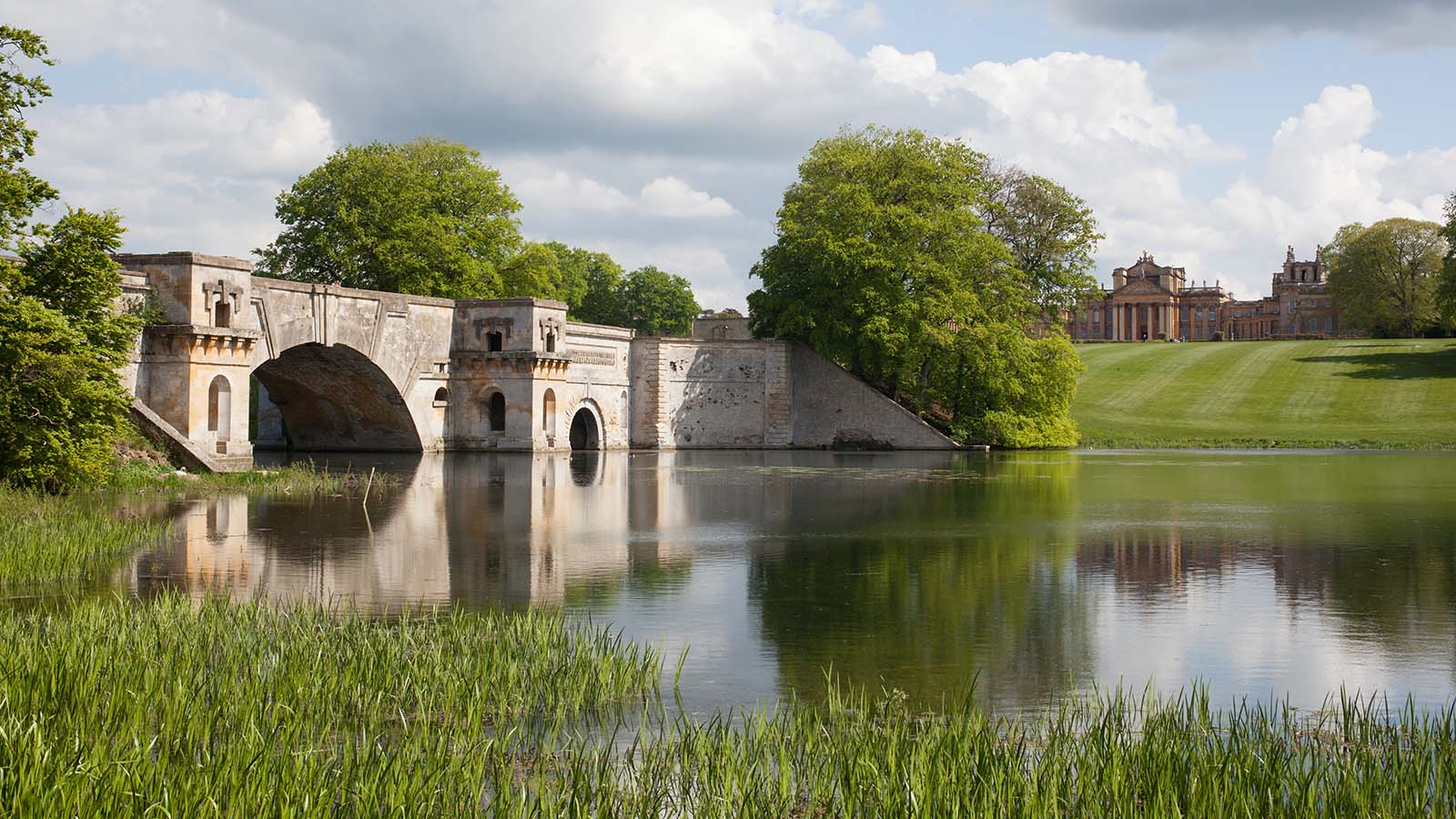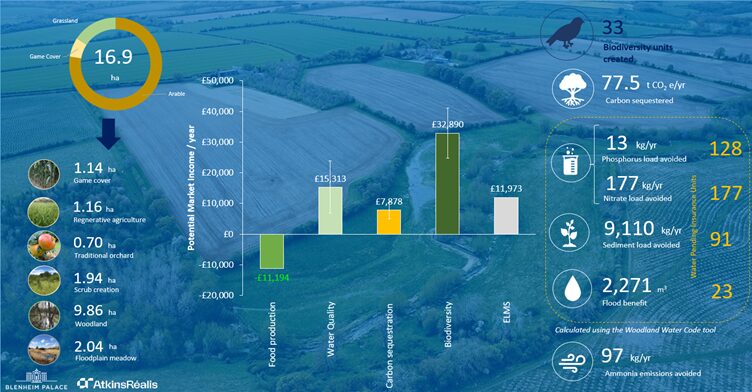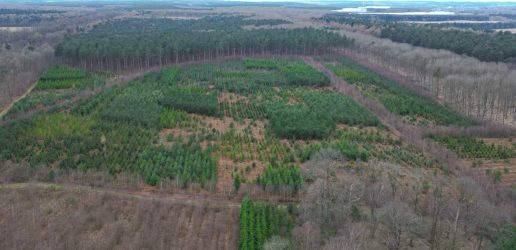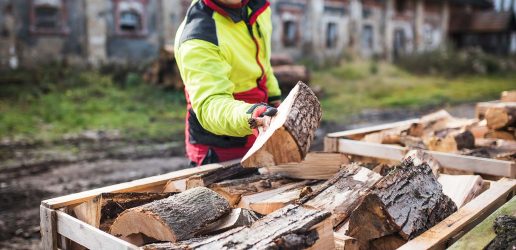Overview
How can woodland creation deliver natural capital benefits while supporting broader land management goals?
Blenheim Palace, situated on the Blenheim Estate in Oxfordshire, has been exploring this question through piloting the developing Woodland Water Code (WWC) project. By piloting the WWC water quality and flood alleviation calculators, Blenheim Palace has quantified the reduction in agricultural pollution and flood waters on its estate from woodland creation.
Applying the WWC at the conceptual stage of Blenheim’s woodland creation journey has allowed a flexible and evidence-based approach to tree planting within a complex, multi-objective landscape strategy.

Context
The Blenheim Palace landholding is over 5,000 hectares in extent and sits within a high-priority catchment area for quantifying water benefits – namely a priority area for improving water quality and flood alleviation.
Blenheim is adopting a landscape-scale approach, integrating woodland creation with diverse objectives, including river and floodplain management, regenerative arable agriculture, renewable energy, and game management.
This holistic approach aims to enhance catchment resilience while maintaining productive and ecologically balanced land use with a strong focus on water quality benefits.
Role of the Woodland Water Code piloting
As part of the UK-wide piloting of the Woodland Water Code between summer of 2024 and spring of 2025, Blenheim were keen to explore how woodland creation could provide a mechanism of private finance through generating Woodland Water Units (WWUs) across the landholding. While WWUs offer a future crediting mechanism, Blenheim’s primary focus was on using the WWCs robust methodology and tools to inform smarter, multi-benefit design that quantifies the water benefits of all its future land management choices.
The WWC water benefit calculators provide a critical role in upscaling the detail of the natural capital evidence-base that Blenheim is using to develop its current projects and future land management strategy.
Outputs from the WWC water quality and flood alleviation calculators, as well as additional environmental benefits to woodland creation, are displayed below.

Supporting early decision-making with the Woodland Water Code
The WWC water quality and flood alleviation calculators were used at the planning and concept design stage, helping the Blenheim team to:
- identify where woodland planting can support other priorities (e.g. buffering watercourses, creating wildlife corridors, or supporting game habitats)
- compare multiple woodland layout and extent options for targeting water benefits
- understand the scale and type of water benefits each scenario could offer
- test combinations of tree species, planting.
Importantly, the woodland design was not finalised at this stage — the calculators enabled flexible, iterative thinking, helping the landowner and their partners to understand what is possible before committing to a specific plan.
Piloting impact and insights
As part of the WWC piloting process, Blenheim provided feedback on their experience. This covered not only the use of the tools to quantify water benefits, but also the supporting documentation. Piloting provided real-world feedback on how the WWC could function in practice, particularly regarding data needs, usability, and integration with broader land use management.
As part of their experience, they found that the water benefit calculators:
- were easy to use, even for non-specialists
- provided clear, credible outputs to guide conversations with advisors, regulators, and funders
- supported informed decision-making, not just Woodland Water Unit generation
- built confidence in the environmental and operational value of woodland creation.
Summary
Overall, the WWC water benefit calculators and associated guidance documents are helping Blenheim to identify strategic opportunities for woodland creation that deliver benefits to water. As a result, woodland scenarios are being designed to better align with and complement other land uses. Blenheim’s approach demonstrates that woodland creation, when planned strategically, can deliver multiple outcomes beyond commercial returns, including improved ecosystem services and landscape resilience.
Blenheim concluded that the development of robust and nationally recognised tools for quantifying water benefits associated with woodland creation is critical to provide a standardised approach and build confidence in green finance markets and transactions that can help some of the UK’s most pressing water challenges. Blenheim’s participation in the pilot, and the support from all other organisations involved in the process, has been invaluable to informing and improving the developing Woodland Water Code.
Recent News
View All news
Seventeen coniferous tree species show early promise for future commercial timber production in the UK
Researchers have set up a network of nine large scale experiments across the UK to test the suitability of 17 tree species as potential alternatives for future commercial timber production.
Forest Research are looking for people involved in the harvesting, processing, transport, import, or trade of firewood in Scotland to complete an important survey.

New guide to help local authorities conduct a people survey on the social value of their treescapes
A new step-by-step guide to help local authorities, charities and civic societies carry out a people survey to understand social and cultural values related to trees in their area, is now available.

Seventeen coniferous tree species show early promise for future commercial timber production in the UK
Researchers have set up a network of nine large scale experiments across the UK to test the suitability of 17 tree species as potential alternatives for future commercial timber production.
Forest Research are looking for people involved in the harvesting, processing, transport, import, or trade of firewood in Scotland to complete an important survey.

New guide to help local authorities conduct a people survey on the social value of their treescapes
A new step-by-step guide to help local authorities, charities and civic societies carry out a people survey to understand social and cultural values related to trees in their area, is now available.

